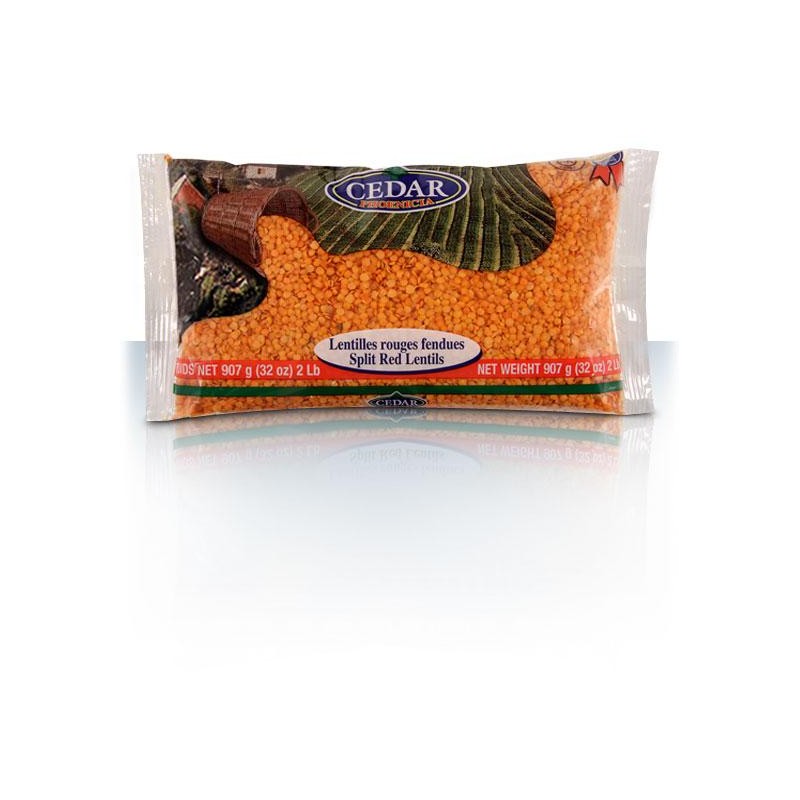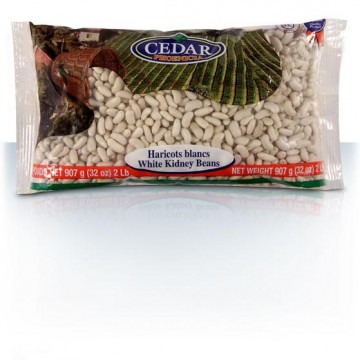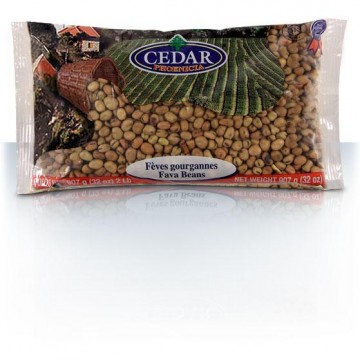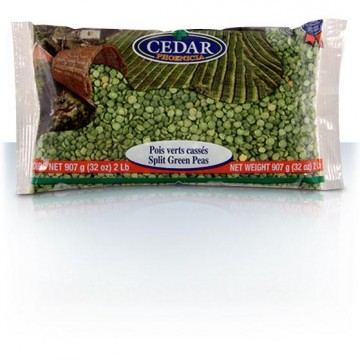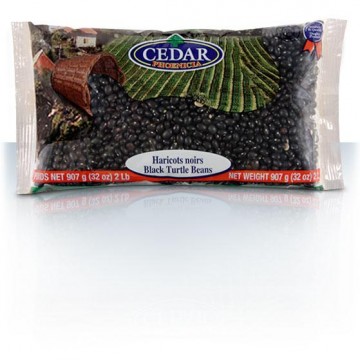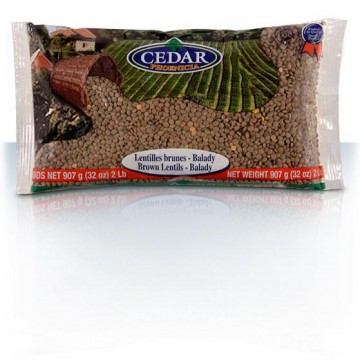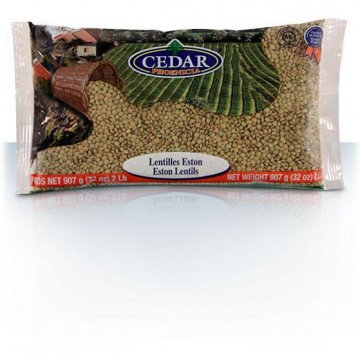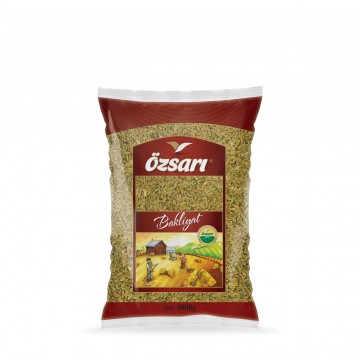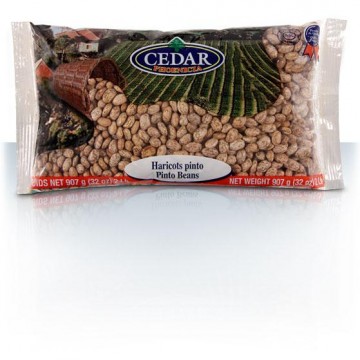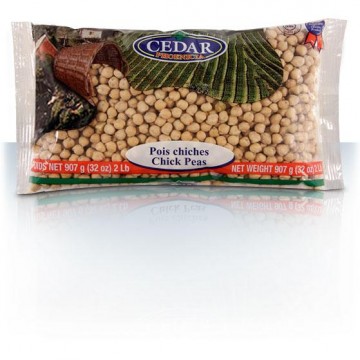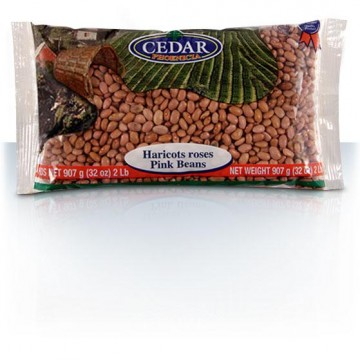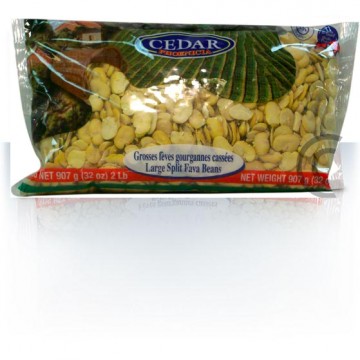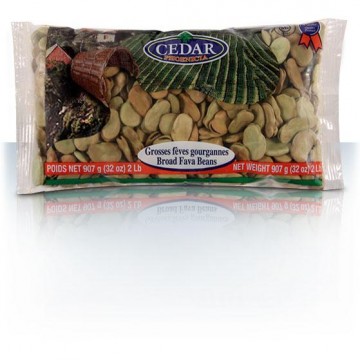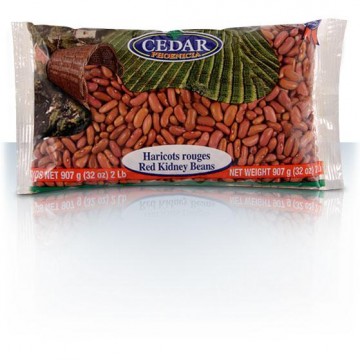- New
Cedar White Kidney Beans 907g - 4 Lb
| Cannellini beans are related to the Kidney Bean. Also known as the Italian White Kidney or Fasolia Bean. Cannellini beans resemble Kidney Beans in size and shape, but are a creamy white color. This bean is medium sized, kidney shaped, with a tough seed coat. The Cannellini has a mild nutty flavor and creamy texture. Cannellini Beans are associated with Italian cuisine. The Cannellini Beans are similar to the great Northern beans, however, they are larger and more kidney-shaped. This bean was originally cultivated in Argentina by Italian immigrants and later taken back to Italy where they are now grown commercially. |
please select size from below









